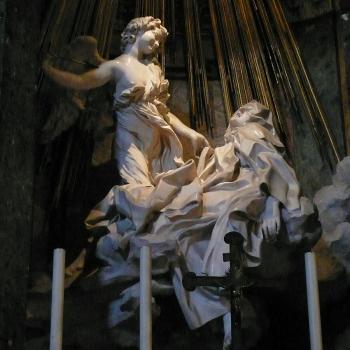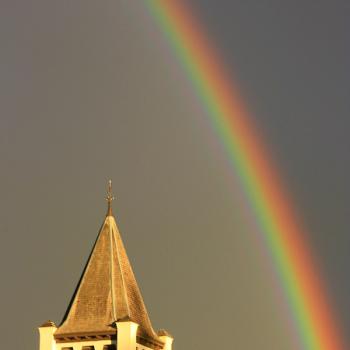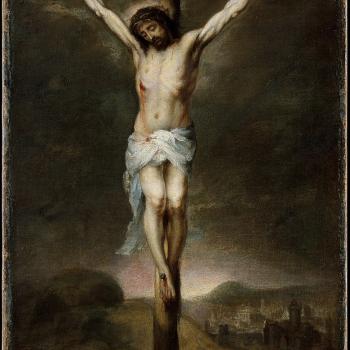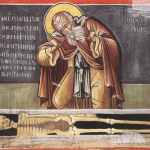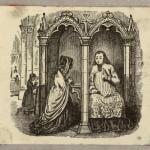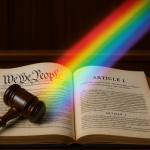the magazine, though also the country:
Bishop Knestout is not the only U.S. prelate to have made public acts of self-abasement in penance for clerical abuse. Bishop Frank Caggiano of Bridgeport, Conn., and Archbishop Charles C. Thompson of Indianapolis, Ind., have also publicly prostrated themselves. Bishop Robert Reed of Boston, Mass., spent 24 hours in fasting and prayer before the Blessed Sacrament. In a column for his churches’ bulletins, he invited the faithful to join him as he did “the only things I know to do in the face of evil; prayer and penance.”
We are unused to these sights. Their power, in fact, comes from their unexpectedness. The bishops’ actions signal their sincerity precisely because this is not a gesture we have seen many times before. But the body language of humility—prostrations, fasts, the symbolic stripping of the marks of office—and the public nature of the bishops’ penance are taken from a very old practice, which once was well known in the church.
Most people today expect penance, like confession, to be private—even secret. Even in groups like Alcoholics Anonymous, people generally make amends with some degree of privacy. But well into the Middle Ages across Lotharingia (modern-day Netherlands, Belgium and parts of Germany and France), public penance was a major part of Christian life, often linked to the liturgical year. The ash cross placed on the foreheads of penitents on Ash Wednesday is one of the few practices of this earlier era that Catholics see regularly today.
more (oh wait, go here for normal format instead of printer-format)
Image of Emperor Henry IV in the snows at Canossa via Wikimedia Commons



